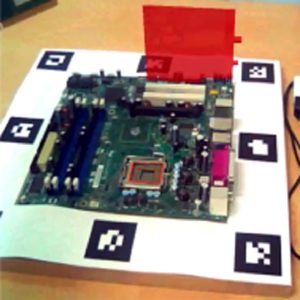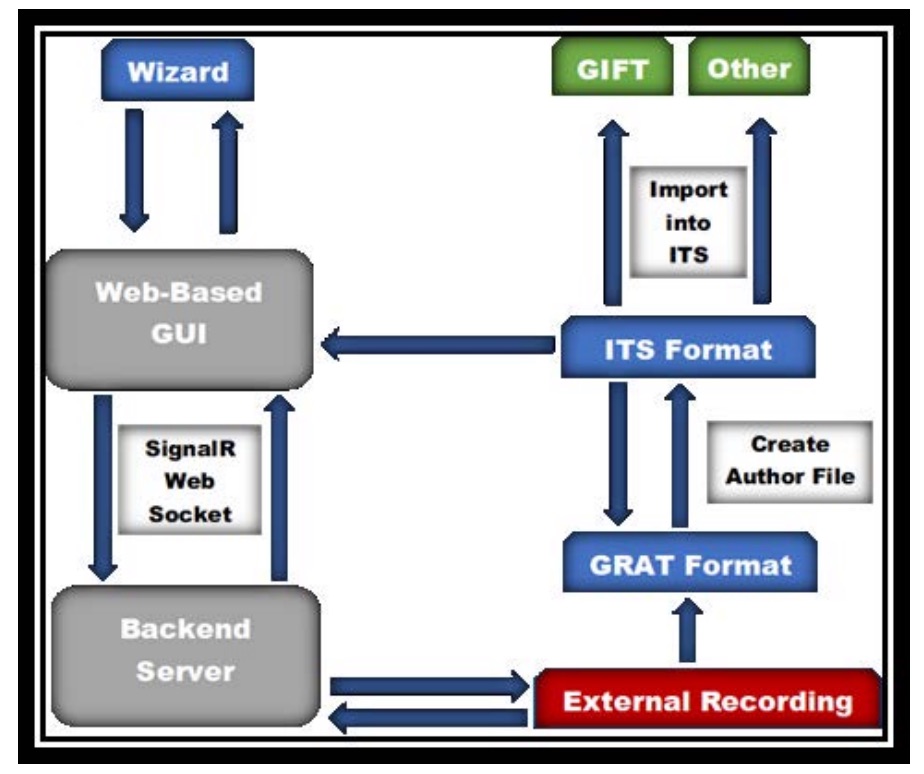Bradley Herbert
Bradley Herbert
PhD Student
Bradley Herbert is a Ph.D. student with degrees in Bachelor of Information Technology (Networking and Security) and Bachelor of Information Technology (Honours). His research is on combining Augmented Reality (AR) with Intelligent Tutoring Systems to provide a more effective learning experience in practical learning tasks, such as network cabling. He is looking at how to design and implement user interfaces for Intelligent Tutoring Systems in AR learning environments and his research pertains to their impact on learner education and usability.
Particular technical interests include:
- Networking & Cybersecurity
- Web Development & Programming
- Script automation & generation
Publications
-

Design considerations for combining augmented reality with intelligent tutors
Herbert, B., Ens, B., Weerasinghe, A., Billinghurst, M., & Wigley, G.Herbert, B., Ens, B., Weerasinghe, A., Billinghurst, M., & Wigley, G. (2018). Design considerations for combining augmented reality with intelligent tutors. Computers & Graphics, 77, 166-182.
@article{herbert2018design,
title={Design considerations for combining augmented reality with intelligent tutors},
author={Herbert, Bradley and Ens, Barrett and Weerasinghe, Amali and Billinghurst, Mark and Wigley, Grant},
journal={Computers \& Graphics},
volume={77},
pages={166--182},
year={2018},
publisher={Elsevier}
}Augmented Reality overlays virtual objects on the real world in real-time and has the potential to enhance education, however, few AR training systems provide personalised learning support. Combining AR with intelligent tutoring systems has the potential to improve training outcomes by providing personalised learner support, such as feedback on the AR environment. This paper reviews the current state of AR training systems combined with ITSs and proposes a series of requirements for combining the two paradigms. In addition, this paper identifies a growing need to provide more research in the context of design and implementation of adaptive augmented reality tutors (ARATs). These include possibilities of evaluating the user interfaces of ARAT and potential domains where an ARAT might be considered effective. -

A generalized, rapid authoring tool for intelligent tutoring systems
Herbert, B., Billinghurst, M., Weerasinghe, A., Ens, B., & Wigley, G.Herbert, B., Billinghurst, M., Weerasinghe, A., Ens, B., & Wigley, G. (2018, December). A generalized, rapid authoring tool for intelligent tutoring systems. In Proceedings of the 30th Australian Conference on Computer-Human Interaction (pp. 368-373). ACM.
@inproceedings{herbert2018generalized,
title={A generalized, rapid authoring tool for intelligent tutoring systems},
author={Herbert, Bradley and Billinghurst, Mark and Weerasinghe, Amali and Ens, Barret and Wigley, Grant},
booktitle={Proceedings of the 30th Australian Conference on Computer-Human Interaction},
pages={368--373},
year={2018},
organization={ACM}
}As computer-based training systems become increasingly integrated into real-world training, tools which rapidly author courses for such systems are emerging. However, inconsistent user interface design and limited support for a variety of domains makes them time consuming and difficult to use. We present a Generalized, Rapid Authoring Tool (GRAT), which simplifies creation of Intelligent Tutoring Systems (ITSs) using a unified web-based wizard-style graphical user interface and programming-by-demonstration approaches to reduce technical knowledge needed to author ITS logic. We implemented a prototype, which authors courses for two kinds of tasks: A network cabling task and a console device configuration task to demonstrate the tool's potential. We describe the limitations of our prototype and present opportunities for evaluating the tool's usability and perceived effectiveness.

